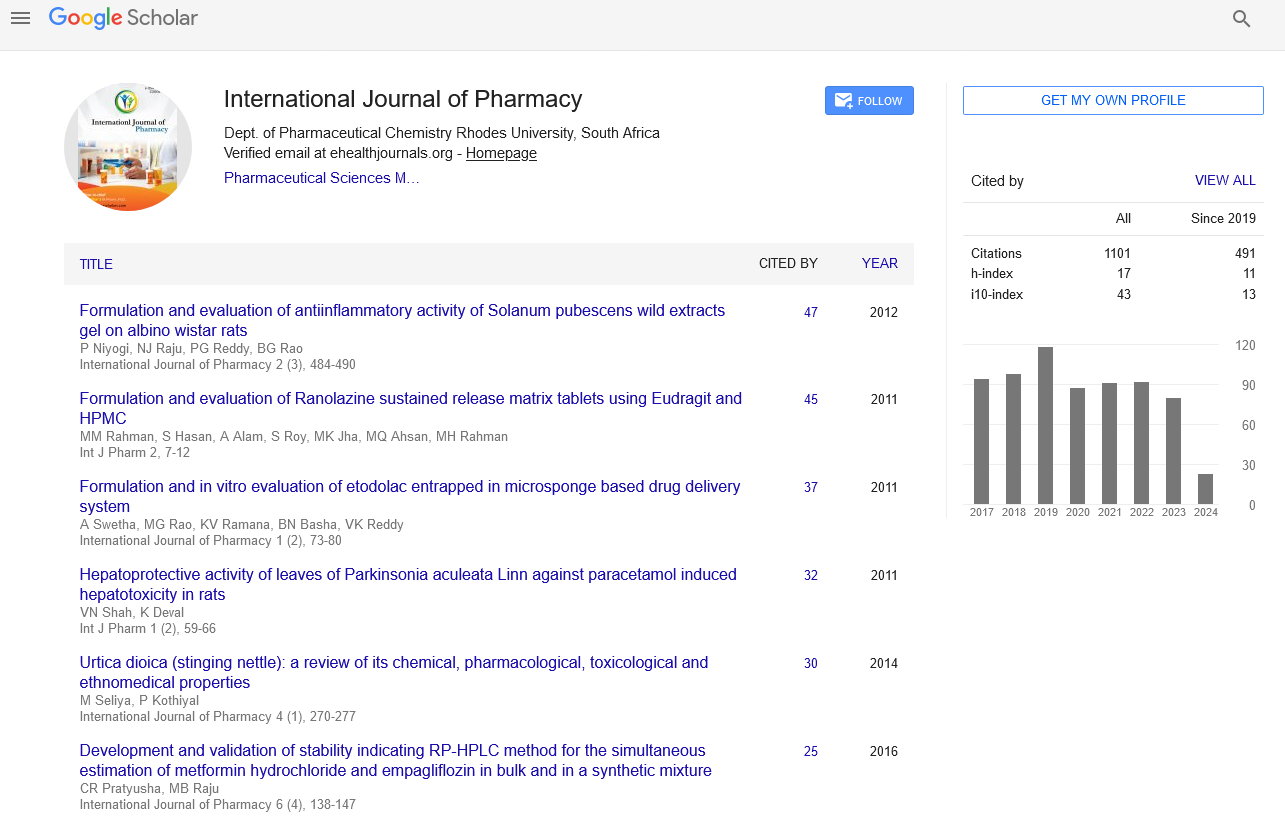Abstract
EFFECTS OF THE PROPERTIES OF CREAMS ON SKIN PENETRATION
Yutaka Inoue*, Arisa Shimura, Misa Horage, Rikimaru Maeda, Isamu Murata, Masahiro Sugino, Kazuhiko Juni, Ikuo Kanamoto
The current study conducted human sensory testing and temperature-dependent measurement of the creams to examine their viscosity and viscoelasticity. A retention on filter paper test and skin penetration test involving Yucatan micropigs (YMPs) were conducted to measure penetration of the skin and transdermal transfer. The relationship between testing results and physical properties of the creams was then examined. When viscosity was measured, NDFX-A and NDFX-B displayed similar behavior as gauged by viscosity and shear stress. NDFX-C produced a large flow curve, with a larger area under the flow curve than NDFX-A or NDFX-B. Measurement of viscoelasticity indicated that the storage modulus G’ and the loss modulus G” for NDFX-A and NDFX -B increased with a change in temperature (60�?C to 10�?C) while G’ and G’’ decreased for NDFX-C. The loss tangent tan δ was determined for each cream. Prior to and after a rise in temperature to 60�?C, NDFX-A had a tan δ of +0.48 at 20�?C, NDFX-B had a tan δ of −0.34, and NDFX-C had a tan δ of ±0. In a retention on filter paper test, NDFX-B had the highest level of drug retention, followed by NDFX-C and then NDFX-A. Water content presumably plays a role in this phenomenon. Results of a skin penetration test indicated that NDFX-B and NDFX-A had approximately the same amount of skin penetration and the same amount of transdermal transfer after 24 hrs while NDFX-C had less skin penetration and less transdermal transfer. This is because crystals were noted in NDFX-C. Microscopy revealed oil droplets in that cream. Thus, these aspects presumably affected its skin penetration and transdermal transfer. Skin penetration amount is directly related to efficacy, so physical properties of creams may be an important aspect to consider.
Manuscript Submission
Submit your manuscript at Online Submission System
Google scholar citation report
Citations : 1101
International Journal of Pharmacy received 1101 citations as per google scholar report
International Journal of Pharmacy peer review process verified at publons
Indexed In
- CAS Source Index (CASSI)
- HINARI
- Index Copernicus
- Google Scholar
- The Global Impact Factor (GIF)
- Polish Scholarly Bibliography (PBN)
- Cosmos IF
- Open Academic Journals Index (OAJI)
- Directory of Research Journal Indexing (DRJI)
- EBSCO A-Z
- OCLC- WorldCat
- MIAR
- International committee of medical journals editors (ICMJE)
- Scientific Indexing Services (SIS)
- Scientific Journal Impact Factor (SJIF)
- Euro Pub
- Eurasian Scientific Journal Index
- Root indexing
- International Institute of Organized Research
- InfoBase Index
- International Innovative Journal Impact Factor
- J-Gate

